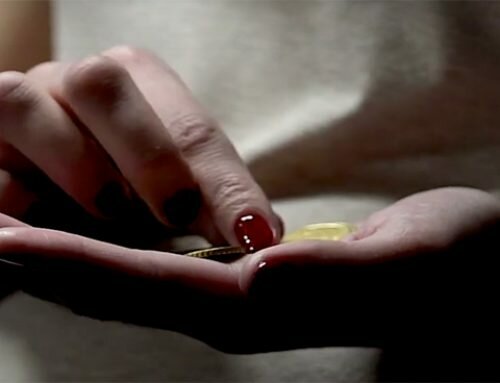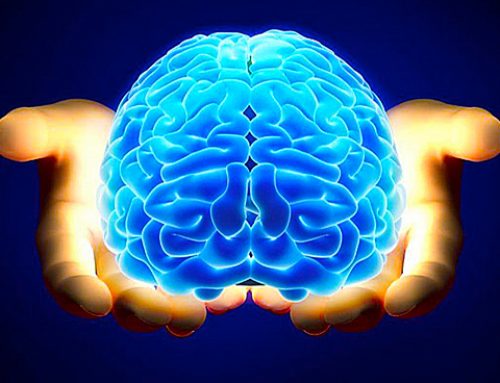Homoeopathic doctrine is both a theory of being and a therapeutic method. Its fundamental basis is the “law of similar”, the Hippocratic similia similibus curentur. According to this law every disease can be cured using, diluted and dynamized, the substance capable of causing it, if experimented on a man with a similar pathology. The principle of similarity thus establishes a link between toxicology and the therapeutic power of the same substance, as this substance is used to heal a disease “similar” to its toxic power.
To instead include the principle of “morbid individuality” (or individualization of the patient), it is necessary to refer to the study of biotipology by N. Pende (1925). Its conception, which fits in the Italian constitutional school of A. De Giovanni and G. Viola, takes into account many factors, both physical and psychic for the determination of the individual type. Biotipology study is schematically depicted by Pende as a square-based pyramid. The basis would represent the hereditary patrimony, on the first level neurological characteristics (morphological face), on the second functional traits (dynamic-amoral face) on the third moral characteristics (moral face), the fourth intellectual traits (intellectual face): the apex of the pyramid would be the synthesis of the individual personality, that is, the “biotype”.
Through this study, we obtain the effective representation of the individual, the biotype, as seen in its uniqueness, totality and indivisibility, of psyche and soma. The disease then becomes, in homeopathy, an expression of the particular individual reactivity to adverse circumstances (microbial agents, toxins, stress, emotions, etc.) depending on the constitution and predisposition for illness. Logical consequence of the principle of morbid individuality is that of “medicinal individuality” (or the individualization remedy), according to which a reactivity to pathogens identical for everyone does not exist, which opposes an equally identical therapy, it is necessary, from time to time, to use an equally individual remedy.





